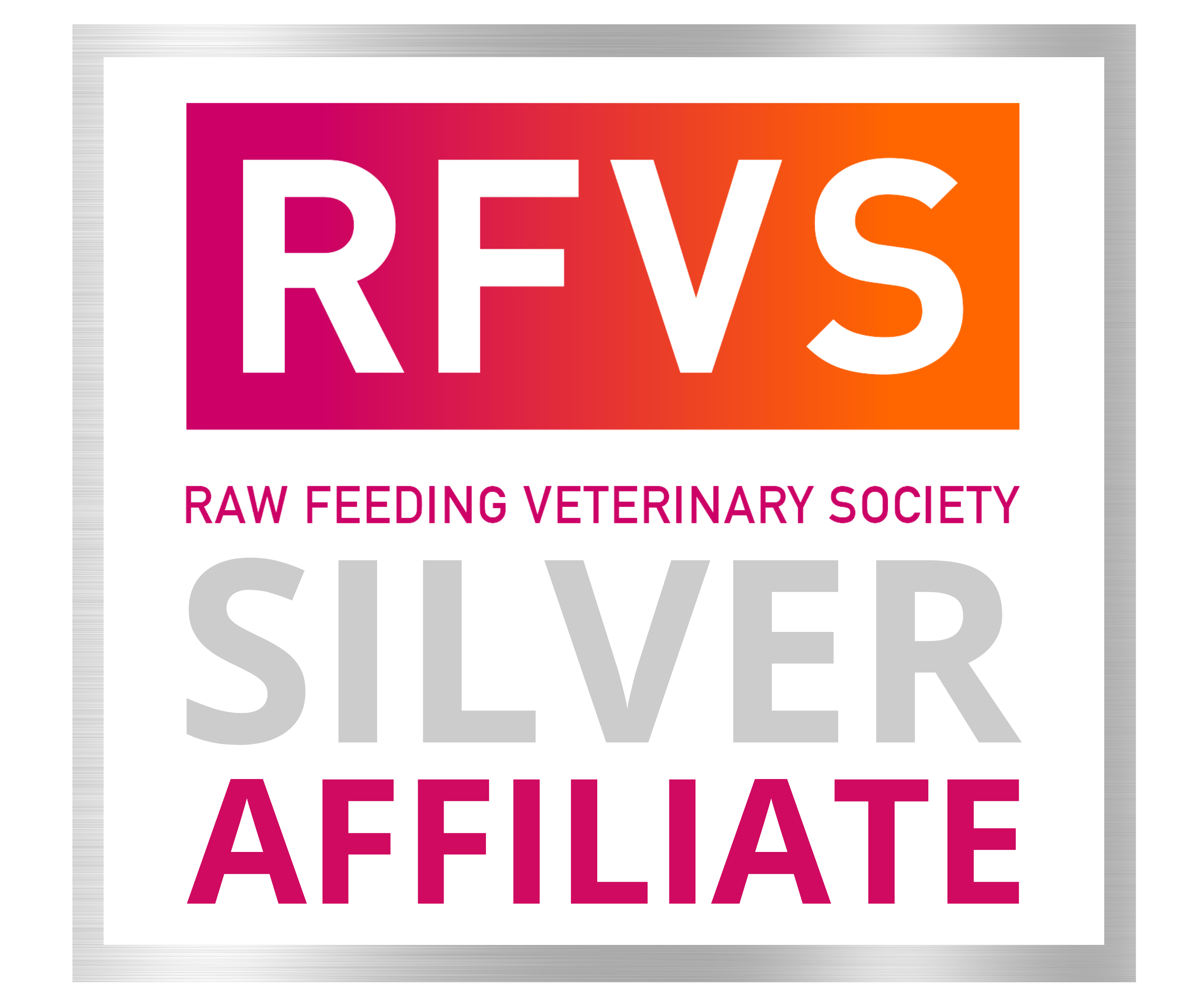Converting Biscuit-Addicted Cats to a Raw Diet: Expert Advice for a Healthy Transition
Cats are notorious for their strong personalities and their resistance to change—especially when it comes to food. Many adult cats have been eating commercial dry foods, or “biscuits,” for years, forming firm habits and strong preferences for certain textures, shapes, and flavours. These preferences, coupled with the addictive formulation of many dry foods, can make transitioning a cat to a raw diet seem daunting. However, with patience, strategy, and expert guidance, it is possible to switch your cat to a species-appropriate raw diet that promotes optimal health and wellbeing.
Why Cats Get Addicted to Biscuits
Cats naturally prefer foods high in fat and protein and are not designed to process carbohydrates efficiently. Commercial dry foods are formulated to exploit this preference, often incorporating high-fat content, sodium, and carbohydrates in a way that encourages repeat consumption (Buffington, 2012). Cats can even become attached to the shapes and textures of dry kibble, making a change in diet psychologically challenging. Over time, this can create a cycle of addiction that may be harmful to their long-term health.
According to veterinary nutritionists, these highly processed diets can contribute to obesity, urinary tract issues, and gastrointestinal disturbances in cats, while also lacking the essential nutrients and enzymes that raw diets provide (Case et al., 2011). Transitioning a cat away from these foods is worth the effort, as raw diets more closely mimic the natural prey diet of felines, supporting optimal digestion, lean muscle development, and immune function (Freeman et al., 2013).
Slow and Steady Wins the Race
Cats that are deeply entrenched in biscuit eating habits may require a slow, methodical approach to diet transition. Abrupt changes can lead to refusal to eat and, in extreme cases, hepatic lipidosis (fatty liver disease), a potentially life-threatening condition (Feldman & Nelson, 2015).
Experts recommend allowing a transition period of several weeks to months, or even up to six months in particularly resistant cats. The key is to gradually replace kibble with wet or canned food, and then incrementally introduce raw food. A gradual transition ensures cats maintain adequate nutrient intake while avoiding digestive upset or stress-related refusal to eat.
Transition Strategies for Different Cats
For Cats That Will Only Eat Biscuits
-
Divide daily dry food into 2–3 portions served at scheduled mealtimes only. Eliminate free-feeding.
-
Replace one meal with wet food or a protein-rich alternative like tinned sardines in spring water.
-
Encourage interest in new foods by sprinkling a small amount of crushed biscuits or a palatability enhancer, such as a nutrient mix.
-
Gradually replace remaining meals over weeks, ensuring all biscuits are removed from the environment.
For Cats That Will Eat Wet Food
-
Stop feeding biscuits entirely and offer wet meals at 2–3 set times daily. Start with palatable options like rabbit and heart mince.
-
Introduce small amounts of raw food into wet meals, slowly increasing the proportion over time until meals are entirely raw.
-
Gradually expand variety with different raw meats, organs, and bones to ensure balanced nutrition.
Benefits of a Raw Diet for Cats
Transitioning cats to a raw diet provides multiple health benefits. Raw diets typically include high-quality animal proteins, organs, and bones, which promote optimal digestion, dental health, and nutrient absorption (Freeman et al., 2013). Research indicates that raw-fed cats have a more diverse and balanced gut microbiota compared to those fed dry kibble, which is crucial for gastrointestinal health and immune function (Schmitz & Suchodolski, 2016; Middelbos et al., 2010).
Additionally, raw diets avoid many of the highly processed ingredients found in commercial kibble, such as preservatives, fillers, and carbohydrate-heavy grains, which can contribute to inflammation, obesity, and chronic disease (Sandri et al., 2017). By investing time and care in transitioning a cat to raw, owners can help their pets achieve better long-term health, vitality, and quality of life.
Expert Guidance Matters
Pet owners are encouraged to work closely with trained nutrition specialists or veterinarians when converting cats to a raw diet, especially for those with a history of food resistance. Professional guidance ensures a balanced diet, helps prevent nutrient deficiencies, and provides support during the transition phase. At Raw Essentials, our team of in-store and online specialists have 18 years of experience in raw feeding in New Zealand, helping cats thrive on 100% naturally raw, high-quality diets.
Conclusion
While converting biscuit-addicted cats to a raw diet requires patience, careful planning, and persistence, the health benefits are substantial. Raw feeding supports digestive health, maintains a balanced gut microbiota, and reduces the risk of chronic disease associated with processed foods. With expert support and a methodical approach, even the most stubborn cats can enjoy the taste, nutrition, and wellbeing that a raw diet provides.
References
Buffington, C. A. T. (2012). External and internal influences on disease risk in cats. Journal of Feline Medicine and Surgery, 14(8), 610–619. https://doi.org/10.1177/1098612X12454673
Case, L. P., Daristotle, L., Hayek, M. G., & Raasch, M. F. (2011). Canine and feline nutrition: A resource for companion animal professionals (3rd ed.). Mosby.
Feldman, E. C., & Nelson, R. W. (2015). Canine and feline endocrinology (4th ed.). Elsevier.
Freeman, L. M., Chandler, M. L., Hamper, B. A., & Weeth, L. P. (2013). Current knowledge about the risks and benefits of raw meat–based diets for dogs and cats. Journal of the American Veterinary Medical Association, 243(11), 1549–1558. https://doi.org/10.2460/javma.243.11.1549
Middelbos, I. S., Vester Boler, B. M., Qu, A., White, B. A., & Swanson, K. S. (2010). Phylogenetic characterization of fecal microbial communities of dogs fed raw meat-based diets versus commercial diets. Journal of Animal Science, 88(6), 2143–2151. https://doi.org/10.2527/jas.2009-2431
Sandri, M., Dal Monego, S., Conte, G., Sgorlon, S., & Cozzolino, A. (2017). Raw meat-based diet influences faecal microbiome and end products of fermentation in healthy dogs. BMC Veterinary Research, 13, 65. https://doi.org/10.1186/s12917-017-0981-6
Schmitz, S., & Suchodolski, J. S. (2016). Understanding the canine intestinal microbiota and its influence on health and disease. Veterinary Clinics: Small Animal Practice, 46(1), 1–12. https://doi.org/10.1016/j.cvsm.2015.09.006
